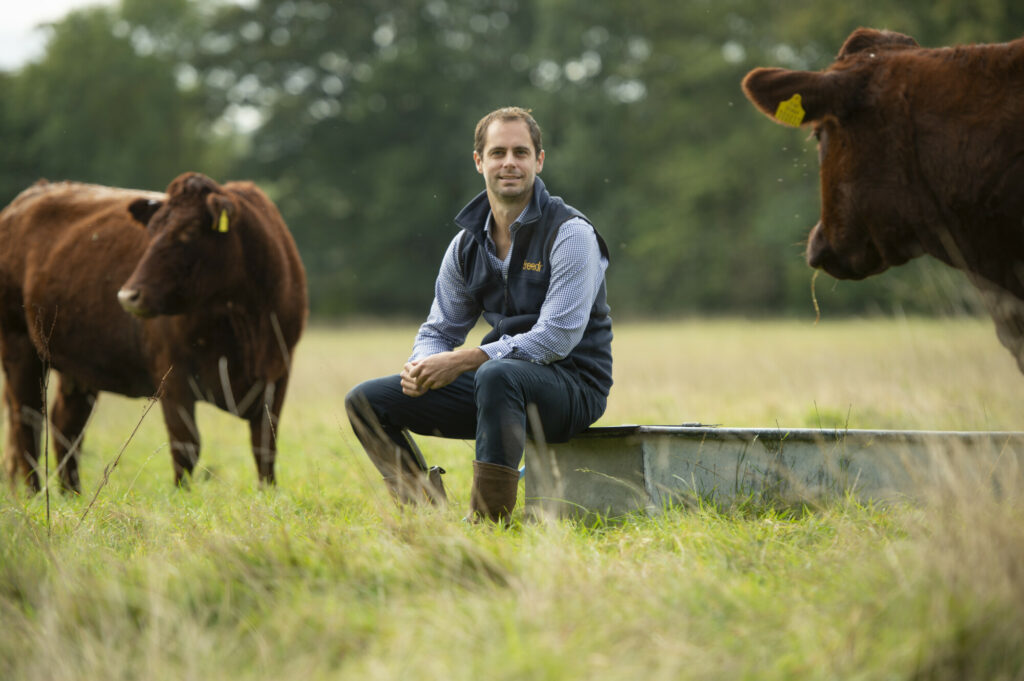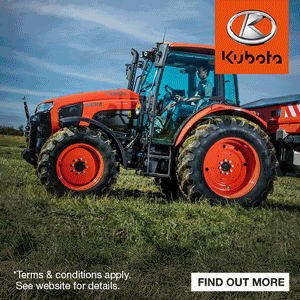Boost suckler genetics using free app
3rd August 2021
Suckler producers can dramatically improve performance and financial returns by monitoring key breeding indicators – but manual recording is laborious and time consuming. Now, farmers can record everything on their

Suckler producers can dramatically improve performance and financial returns by monitoring key breeding indicators – but manual recording is laborious and time consuming. Now, farmers can record everything on their phone and boost suckler genetics using free app. A new feature on the free Breedr app, generates automatic reports and easy-to-understand graphics.
The new breeding feature aligns with AHDB Key Performance Indicators (KPIs) and helps farmers to identify the best livestock to breed from, whether that’s producing beef calves to finish or heifer replacements.
“Genetics affects almost every element of suckler cow performance, and by benchmarking farmers can speed up the rate of genetic improvement – particularly if they are calving at two years old,” explains farmer and Breedr founder Ian Wheal. “Our free tools enable farmers to analyse the genetic performance of their herd and individual animals quickly and easily.”
The best place to start is logging when females are bulling – this will create an alert for 20 days later so producers can check to see if they’re cycling again. Logging the AI date or when bulls are turned out, as well as any pregnancy diagnosis results, will automatically calculate and flag the likely calving date.
“At calving, you can log the birth in seconds ready to sync with BCMS, and enter the calving ease, calf weight and vigour – by linking with the dam and sire, this makes it easy to identify the best cows and bulls to use,” says Mr Wheal. Medicine records and activities like disbudding can also be kept in the app, so that all of the animal’s information is in one place.
When weaning, calf weights can be captured in just 10 seconds with the Crush Mode tool, and when more than one weight has been recorded the app will predict future growth rates to help with finishing plans.
“According to AHDB, achieving 10kg higher weaning weights can increase output by an average of £20/head,” explains Mr Wheal. “This can be influenced by a compact calving period; the more calves born in the first three weeks of calving, the older they are at weaning, so the heavier they will be.” Farmers can use the KPIs to select the most fertile females to breed from, achieving a tighter calving period and ultimately boosting profitability.
Significant genetic gains can be made by calving heifers at two years old; not only does the heifer produce more calves over her lifetime, the farm can also reduce its stocking rate compared with calving at three. “According to Teagasc research, each month that first calving is delayed by costs on average £43 per heifer.”
Clearly, the main objective of suckler beef farms is to maximise output. “An efficient suckler cow will calve unassisted, produce one calf per year, wean that calf to 40-50% of her body weight, return in-calf with minimal inputs and have a docile temperament,” says Mr Wheal.
“Recording and subsequently analysing performance and activities at herd and individual level is therefore essential to make informed selection and management decisions. Historic data can be uploaded to enable year-on-comparison and our free KPI reports make it easier than ever to start making data-backed decisions to drive greater genetic advancement.”
For more information visit www.breedr.co


